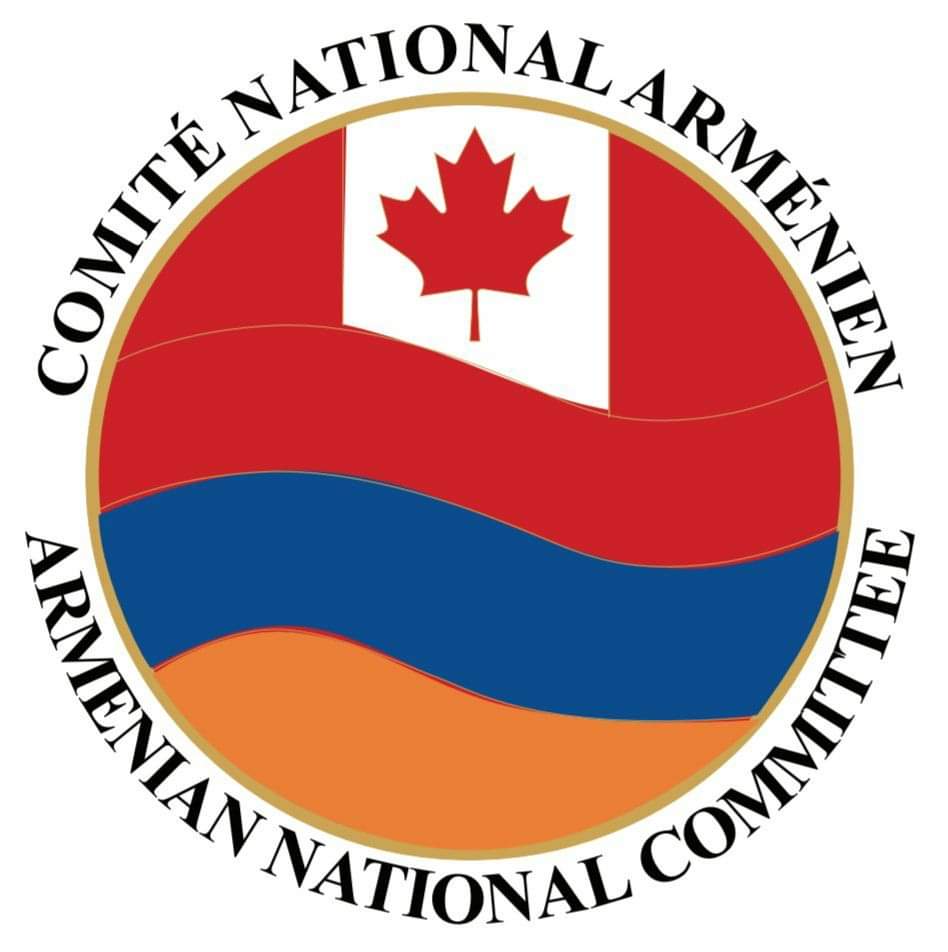FOR IMMEDIATE RELEASE
Montreal — Armenians worldwide still remember the disaster with sadness, like it was yesterday. Twenty-five years ago, on December 7, 1988, at 11:41, during Soviet years, that Armenia was devastated by a destructive earthquake, measuring 10 on a magnitude of 12 Mercalli scale and 6.9 on the Richter scale affecting an area 80 Km in diameter.
The Lives Lost and Sheer Destruction
The epicentre was the city of Spitak. It was totally destroyed. The surrounding 21 smaller cities and towns, and more than 300 villages were severely ruined. The second largest Armenian city of Gyumri, a cultural capital, was annihilated. Armenia’s third largest city of Vanatzor was equally damaged. The earthquake rendered inoperative close to 40% of Armenia’s industrial potential. The entire country was in mourning. The entire world came to assist. The survivors stood strong to continue.
The destruction translated into sheer frozen agony to Armenians in Armenia and to millions of dispersed Armenians in the Diaspora. To this day, 25 years later, we shiver when we reminisce about the calamity.
The official figures of lost lives was 25,000, including thousands of children caught in collapsing schools; the disabled, 19,000. More than half a million were left homeless. A natural cataclysm which stunned the world with awe. The consequences of the suffering have lingered in our hearts and minds. The reconstruction and delivery of vital emergency needs started then, with the immediate delivery of assistance from many nations, including Canada, for which we, Armenians in Canada, as well as those in Armenia, are indebted.
Armenian-Canadians Spring Into Action
Canada and its Armenian-Canadian communities from coast-to-coast mobilized their human resources to dispatch clothing, medicines, machinery, and funds to temporarily relieve the suffering. The Armenian-Canadian communities in Montreal, Laval, Ottawa, Toronto, Southwestern Ontario, Alberta, and Vancouver immediately sprung into action by collecting funds, organizing food drives and clothing drives, and arranging for the logistics to transport Canadian aid to Armenia.
Working together, Armenian-Canadian organizations’ focused efforts resulted in raising tens of thousands of dollars, tens of tons of food and clothing, machinery, and medicines to contribute to the international relief effort that was already underway.
Canadian Success Stories
In each Armenian-Canadian community, each and every volunteer gave tirelessly and generously. Collectively, each community did its part and then some. Each volunteer had a story of self-sacrifice. Each volunteer was motivated by their love for Armenia, compassion for their Armenian brothers and sisters, and their dedication to the Armenian Nation.
In each Armenian-Canadian community, there were hundreds of success stories during the relief effort. Raising money in shopping centres, reaching out to companies, asking neighbours to donate that one extra can of food. Too many to remember here.
The total cash contribution from Canada, including sub-national governments and ordinary Canadians (though a number of non-governmental organizations including the Armenian-Canadian community) was over C$15 million. The federal government alone gave C$5 million.
The Canadian Embassy to the Soviet Union played an important role in coordinating relief efforts from Canada and in assisting Canadian family members in finding out the situation regarding family members in Armenia. In March 1989, the member of Parliament for Markham, Mr. Bill Atwell, visited Armenia to see first hand what was needed. Other MPs who helped enormously were Bill Blaikie, Sheila Copps and Nicole Roy-Arcelin.
In Ottawa’s small, yet active, Armenian-Canadian community, one particular success story is noteworthy. The Kiwanis Club of Ottawa, the Ottawa General Hospital Rehabilitation Center, and the Armenian-Canadian community members came together to help two youngsters damaged by the earthquake in Gyumri and Spitak. A 17 year old girl whose legs were amputated, and a 15 year old boy whose one leg had been amputated, arrived and stayed in Ottawa, under the care of medical specialists, and the Armenian-Canadian community of Ottawa. Six months later, they went back fully recovered psychologically and equipped with the latest modern prostheses. They live well now; one has become a Director of a museum, the other has become a dentist.
The Armenian Nation’s Struggle For Survival
Our struggle for survival has transcended the calamities for a long time. Linking the past atrocities and the genocide is a linchpin for demanding justice. After torturous episodes in our long history to move forward in a dignified manner, we continue to survive natural and man-made atrocities, and we are conscious that agonies cannot be isolated to stand alone. To reconstruct a nation, members of the nation have to persevere, as a group.
Armenians everywhere have a right to stay steadfast in their demands. Calamities come and go. Days of Remembrances are not only reminders for the days in question. They are the resilient hinges which keep us strong and willing to continue our struggles against injustices. We live in a Canada which has set its ideals on human values, as a prerequisite, and as a primordial condition to continue building better things to remind ourselves of the nature of our moral obligations and how to live well and peacefully by these constructs, in a multicultural society.
Armenian National Committee of Canada
The ANCC is the largest and the most influential Armenian-Canadian grassroots human rights organization. Working in coordination with a network of offices, chapters, and supporters throughout Canada and affiliated organizations around the world, the ANCC actively advances the concerns of the Armenian-Canadian community on a broad range of issues.
-30-
******
For further information:
Mr. R. Robert Kouyoumdjian
Tel.: (514) 265-4602
Email: [email protected]



